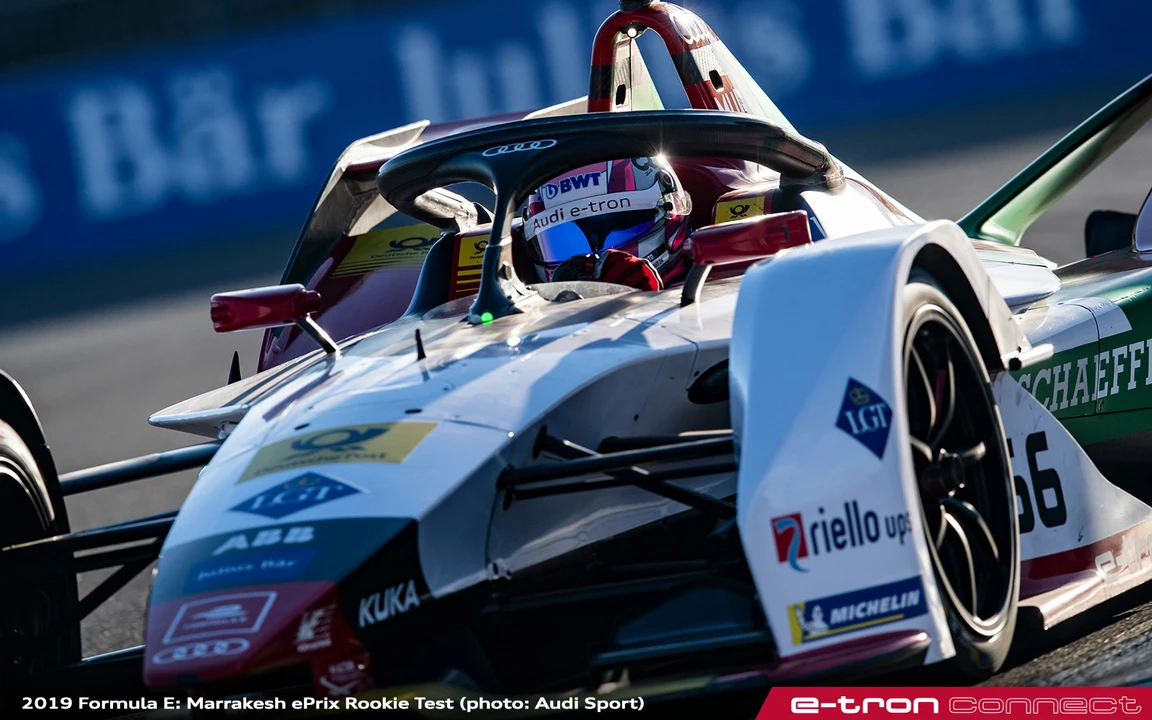Introduction: Comparing the Challenges of Formula 1, Formula E, and IndyCar
As a motorsport enthusiast, I often find myself drawn into discussions about which racing series is the most challenging for drivers. The three main contenders are Formula 1, Formula E, and IndyCar, and in this article, I will delve into the various factors that make each of these categories unique and demanding in their own right. We will examine aspects such as the physical demands, the mental challenges, and the technical aspects of each series, all while considering the differences in the car design and the tracks they race on. So, buckle up as we take a closer look at what makes each of these racing series so challenging for drivers.
The Physical Demands of Driving in Each Series
One of the primary factors that differentiate these racing series is the physical demands placed on the drivers. In Formula 1, drivers experience extreme G-forces, particularly during cornering and braking, which requires incredible neck, core, and upper body strength. Additionally, the cockpit temperatures can reach up to 50°C (122°F), pushing drivers to their physical limits.
Formula E, on the other hand, involves racing electric cars with significantly less downforce than Formula 1 cars. While this reduces the G-forces experienced by the drivers, the lack of power steering in Formula E cars means drivers need exceptional upper body strength and endurance to wrestle the car around the track.
IndyCar drivers face a unique set of physical challenges, particularly during oval races. The sustained high-speed cornering on ovals generates continuous G-forces, putting immense strain on the drivers' neck and core muscles. Furthermore, the close proximity of competitors during oval racing increases the risk of accidents, making physical fitness and reaction times crucial for driver safety.
Mastering the Mental Challenges of Each Racing Series
Another aspect that sets these racing series apart is the mental challenges that drivers need to overcome. In Formula 1, drivers must contend with a multitude of complex systems, including hybrid power units, energy recovery systems, and adjustable aerodynamics. To be successful, drivers must manage these systems effectively while racing at high speeds, all while maintaining focus and making split-second decisions.
Formula E drivers face the unique challenge of managing their car's energy consumption throughout the race. Since the cars are powered by batteries with limited capacity, drivers need to find the perfect balance between speed and energy conservation, requiring strategic thinking and precise car control.
IndyCar racing demands exceptional concentration and situational awareness from drivers. With cars racing at high speeds in close quarters, particularly on oval tracks, any lapse in focus or minor mistake can lead to catastrophic consequences. Additionally, IndyCar drivers must constantly adapt their driving style to changing track conditions and varying levels of tire grip.
Understanding the Technical Aspects of Each Racing Series
The technical aspects of each racing series also play a significant role in determining the difficulty for drivers. Formula 1 cars are the most technologically advanced, featuring complex aerodynamics, hybrid power units, and cutting-edge materials. Drivers must have a deep understanding of these technologies and work closely with their engineers to optimize car setup and performance.
Formula E cars, while not as advanced as Formula 1 cars, still require drivers to have a strong grasp of electric vehicle technology. The unique power delivery characteristics of electric motors, combined with the energy management strategies required for racing, make Formula E a distinct challenge for drivers.
IndyCar vehicles are less technologically advanced than their Formula 1 and Formula E counterparts, but they still demand a high level of technical knowledge from drivers. With a greater emphasis on mechanical grip and chassis setup, drivers need to have a thorough understanding of suspension geometry, aerodynamics, and tire management to succeed in this series.
Adapting to Different Racing Circuits
Each racing series features a diverse range of circuits, which further adds to the challenge for drivers. Formula 1 races on a mix of traditional road courses, street circuits, and newer purpose-built tracks, requiring drivers to adapt their driving style and car setup to suit each venue. The precision needed to navigate tight street circuits like Monaco, combined with the high-speed nature of tracks like Monza, make Formula 1 an incredibly versatile and demanding series.
Formula E exclusively races on temporary street circuits, which present their own unique challenges. The tight, twisty layouts and unforgiving barriers demand precision and finesse from drivers, while the track surfaces can be bumpy and unpredictable. This makes car setup and driver adaptability crucial in Formula E.
IndyCar features a mix of road courses, street circuits, and oval tracks, making it one of the most diverse racing series in the world. Drivers must be adept at navigating high-speed ovals like the Indianapolis Motor Speedway, as well as the tight confines of street circuits like Long Beach. This variety of tracks requires drivers to be incredibly adaptable and skilled in multiple disciplines.
Conclusion: Which Racing Series is the Most Challenging?
Ultimately, it's difficult to definitively determine which racing series is the most challenging, as each presents its own unique set of demands on drivers. Formula 1, Formula E, and IndyCar all require exceptional physical fitness, mental focus, technical knowledge, and adaptability to excel. It's likely that individual drivers would find different aspects of each series more challenging, depending on their personal strengths and weaknesses.
Regardless of which series you believe is the most difficult, there's no denying that the drivers competing in Formula 1, Formula E, and IndyCar are all incredibly talented and dedicated athletes. They push themselves and their machines to the limit in pursuit of victory, and that's what makes motorsport so thrilling to watch.

